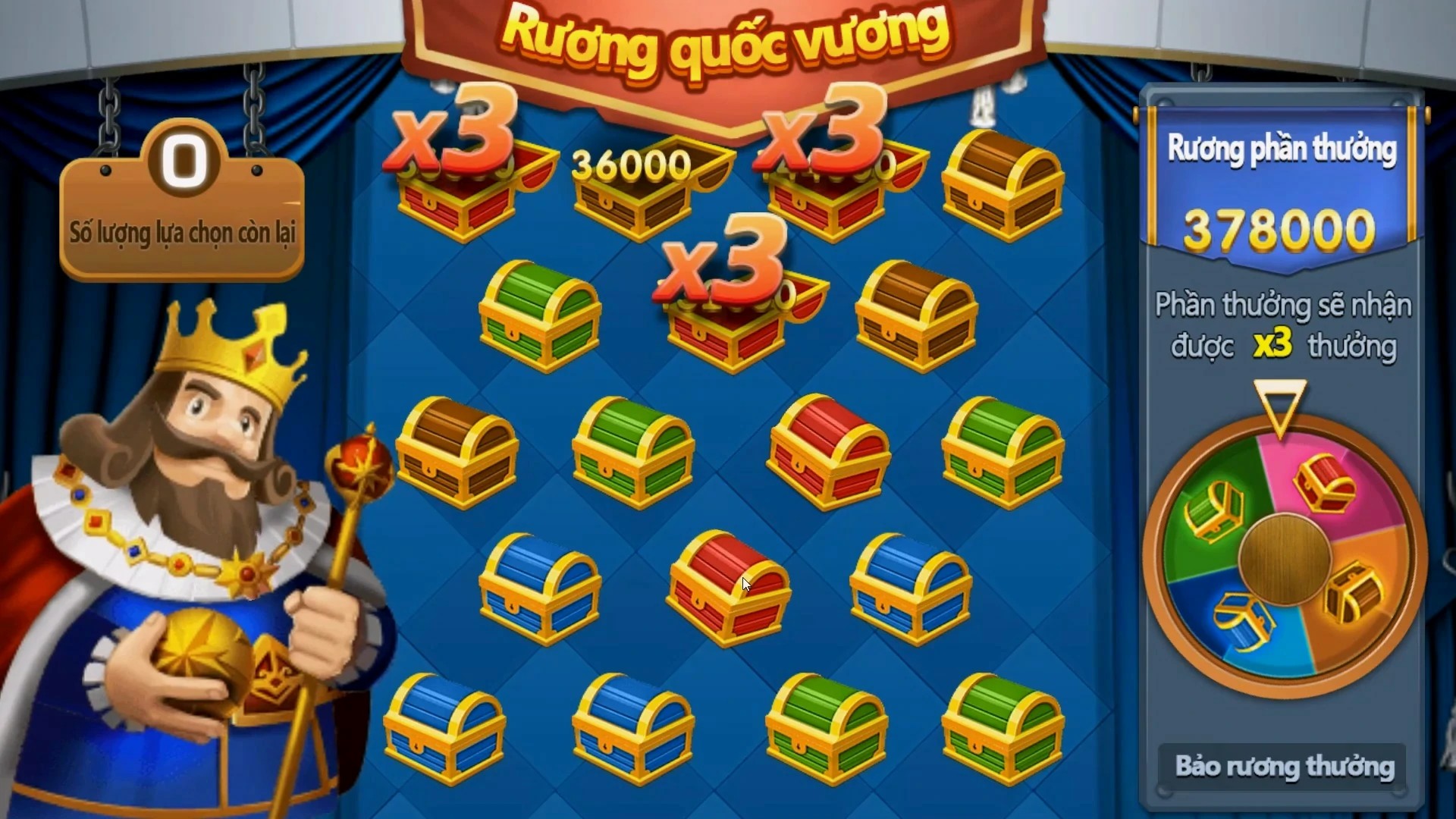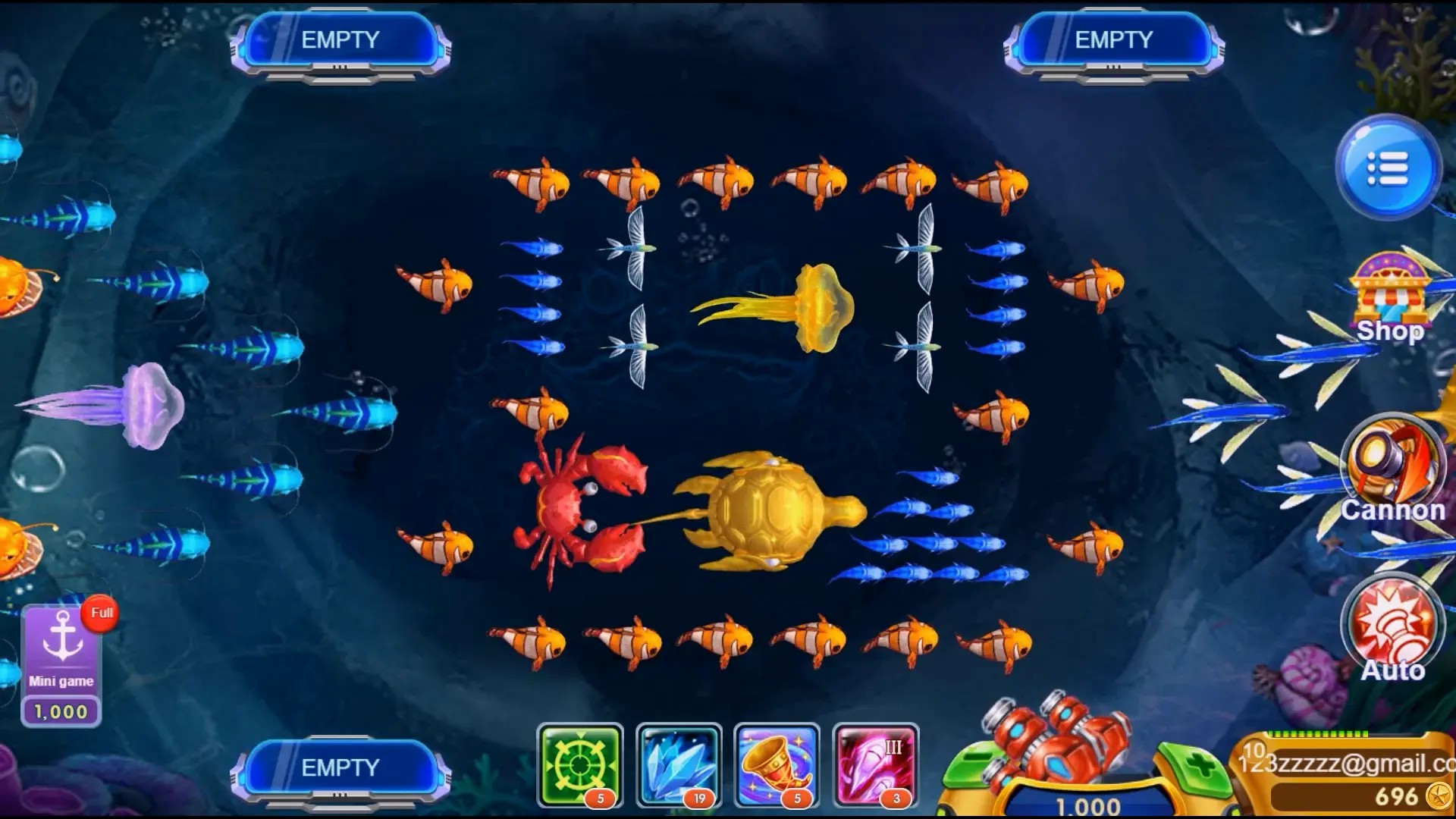How RPG Building Games Are Revolutionizing Game Design and Player Engagement
In the realm of gaming, RPG games have carved a unique niche, but the emergence of building games has taken this genre into uncharted territories. Players are no longer just participants in a story; they’re creators. This shift impacts how games are designed and how players engage with them. Let’s dive into the transformation these genres are bringing to the gaming landscape.
The Rise of Building Mechanics in RPG Games
At the heart of this revolution is the incorporation of building mechanics into traditional RPG frameworks. Games like Clash of Clans exemplify this trend, especially its builder base level 7, which showcases the importance of strategic construction alongside gameplay. The synergy of building and role-playing elements provides players with deeper engagement. Here are some key aspects:
- Customization: Players can tailor their characters and environments, enhancing personal investment.
- Strategic Depth: The integration of building mechanics raises the bar for strategy, forcing players to think critically.
- Collaboration: Many games encourage teamwork, allowing players to build together, fostering community.
Engagement through Player-Driven Content
One of the most exciting aspects of RPG building games is their reliance on player creativity. For instance, in Dragon Ball Z RPG games, players often create unique characters and scenarios, leading to an expansive universe shaped by the community. This player-driven content revolutionizes not just gameplay but the way stories are constructed and experienced.
| Game | Building Mechanic | Player Engagement |
|---|---|---|
| Clash of Clans | Base Building | Strategic Planning and Customization |
| Dragon Ball Z RPG | Character Creation | Community-Driven Narratives |
| Terraria | Environment Shaping | Exploration and Creation |
Design Implications for Developers
Given the popularity of RPG building games, developers are adapting their design philosophies to embrace these elements. Here are a few implications:
- Focus on Player Experience: Creating user-friendly interfaces that cater to builders.
- Interactive Environments: Designing worlds that react to player choices, making every decision impactful.
- Regular Updates: Sustaining engagement through new building options and quests.
Conclusion
The incorporation of building mechanics into RPG games is more than just a trend—it’s a fundamental shift in how games are experienced and designed. By fostering creativity, strategy, and collaboration, these games not only enhance player engagement but also redefine player relationships with game worlds. As the industry evolves, one thing is clear: the future of RPGs lies in the hands of the players, and that’s a thrilling prospect for all of us.



